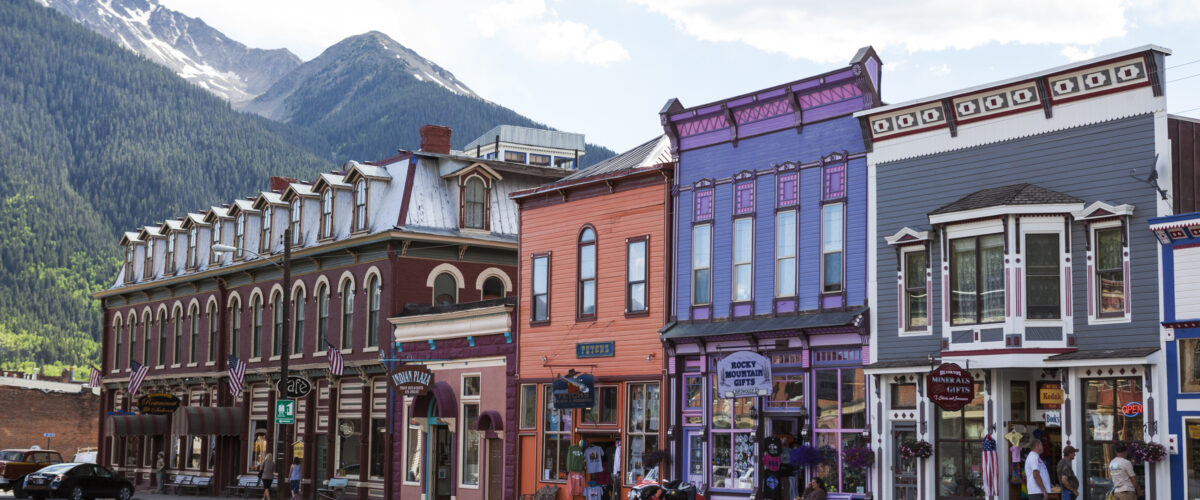
Preserving Colorado’s Heritage
Preserving Colorado’s Heritage: Renovating Historic Buildings with Government Tax Credits
Colorado, a state adorned with natural wonders and steeped in rich history, holds within its architectural gems a testament to its past. These historic buildings are not mere structures; they are storytellers, whispering tales of bygone eras and serving as tangible links to our collective heritage. In the face of modernization and urban development, it is imperative that we embrace the significance of renovating these historic edifices, safeguarding our cultural legacy for generations to come.
First and foremost, renovating historic buildings in Colorado preserves the essence of the state’s identity. Each brick, each archway, and every intricate detail encapsulates a chapter in Colorado’s narrative. From the mining towns of the Rocky Mountains to the bustling streets of Denver, these buildings chronicle the triumphs and tribulations of our predecessors. By revitalizing these structures, we honor their contributions to our cultural mosaic and ensure that their stories endure for posterity.
Moreover, the preservation of historic buildings serves as a catalyst for economic revitalization and sustainable development. Renovation projects inject lifeblood into local economies, creating jobs, stimulating tourism, and fostering a sense of community pride. When historic buildings are restored to their former glory, they become focal points for commerce and cultural exchange, breathing new life into once-for-gotten neighborhoods.
Additionally, adaptive reuse of these structures promotes sustainability by re-purposing existing resources and reducing environmental impact, aligning with Colorado’s commitment to conservation and responsible stewardship of our natural and cultural assets.
Furthermore, renovating historic buildings fosters a sense of place and fosters social cohesion. These architectural landmarks serve as gathering spaces where residents and visitors alike can connect with the past and with each other.
Whether through guided tours, community events, or educational programs, historic buildings provide platforms for dialogue and engagement, bridging generational divides and fostering a deeper appreciation for our shared heritage. In a world increasingly characterized by rapid change and transience, these anchors of history offer a sense of continuity and belonging, grounding us in the roots of our collective identity.
However, the task of renovating historic buildings comes with its own set of challenges. Preservation efforts require meticulous planning, substantial investment, and a collaborative approach involving various stakeholders, including government agencies, preservation organizations, developers, and local communities. Balancing the need for modern amenities with the imperative to maintain historical integrity demands creativity and compromise. Nevertheless, the rewards far outweigh the challenges, as each restored building becomes a beacon
of hope, resilience, and cultural pride.
Additionally, the renovation of these buildings may not be cost effective for the typical real estate developer. The design costs alone are exponentially more given the aforementioned considerations. Oftentimes local municipalities struggle with the interplay between current building code and those historic properties that may have non-conforming rooms.
Finally, these buildings have many custom requirements such as doors, windows, tuck pointing and other unusual expenses.
Fortunately the State of Colorado has a Historic Preservation Tax Credit program that incentivizes developers to reconsider projects that may not “pencil” otherwise. Here are a few details about the program:
“The Historic Preservation Tax Credit (HPTC) program, jointly administered by OEDIT and History Colorado, has been in place since 2015 to provide incentives to rehabilitate commercial historic properties. Overall, $10M in tax credits are available through the HPTC program.
The HPTC program splits this $10M into two pools:
• Large pool: $5M available for projects with a total cost above $2M
• Small pool: $5M available for projects with a total cost under $2M
An eligible project can use HPTC program tax credits to offset up to 35% of qualified rehabilitation expenditures. Typical rehabilitation expenditures include roof repairs or replacement, foundation repair, system upgrades, window restoration, and more. Projects in rural areas of the state are eligible for an enhanced tax credit award through the HPTC program. The total credit amount is capped at $1M per project per year.
Since the program’s inception 156 projects have been completed resulting in $584.3M in Rehabilitation.”
There is also a “market” for developers to sell these tax credits to investors looking to offset tax liability, for as much as .91 cents on the dollar.
Additionally, the Federal government has a tax credit whereby the developer can receive up to 20% of the qualified rehabilitative expenditures in the form of a tax credit that can also be sol or used to offset tax liability.
In conclusion, the importance of renovating historic buildings in Colorado cannot be overstated. These architectural treasures serve as tangible links to our past, engines of economic growth, and catalysts for social cohesion. By preserving and revitalizing these historic edifices, we not only honor our heritage but also invest in a more vibrant, sustainable future for generations to come. Fortunately there are government incentives for real estate investors and developers.
